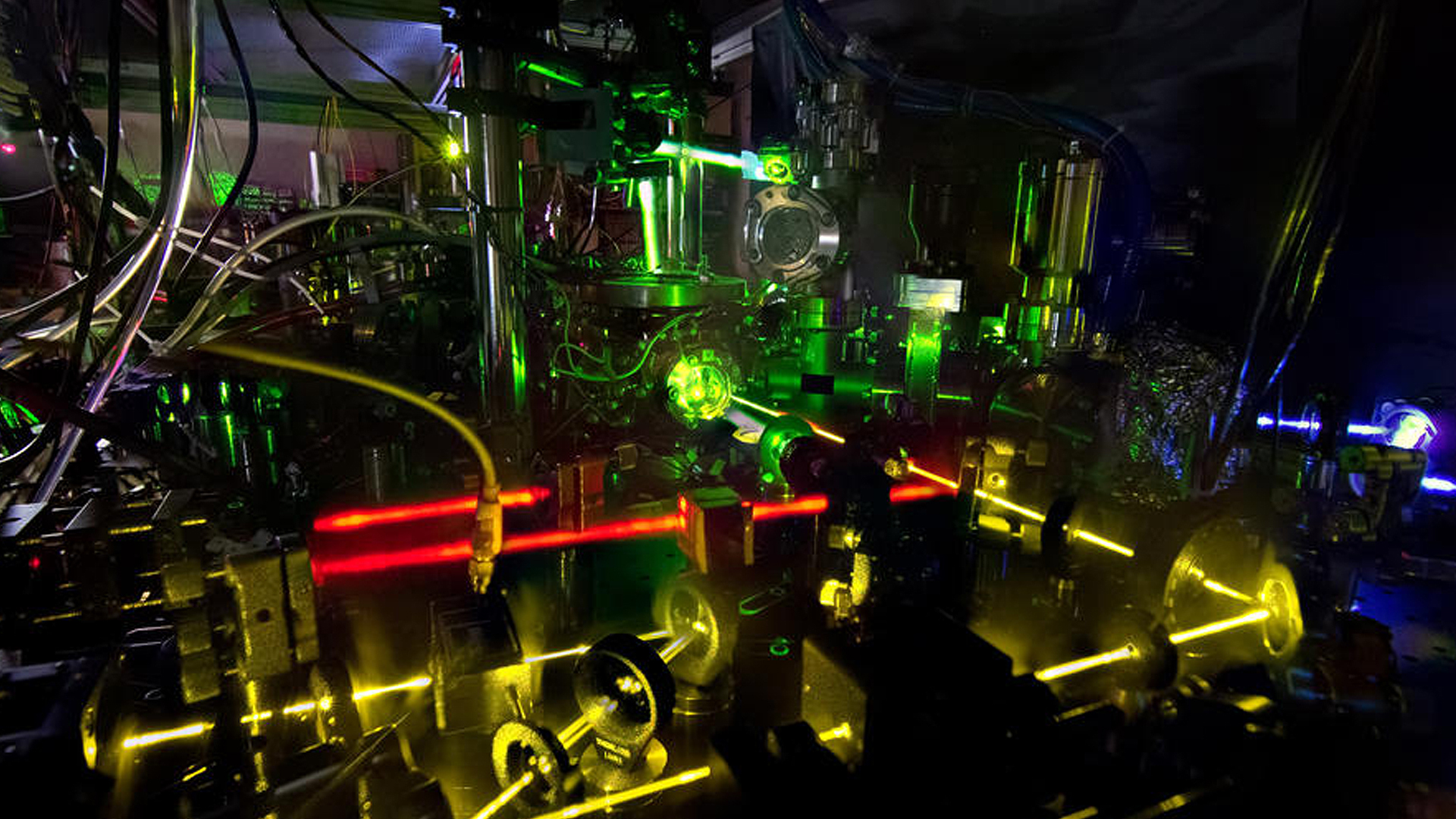The advent of atomic clocks marks a significant milestone in the measurement of time, transforming our understanding and manipulation of this fundamental dimension. With unprecedented precision, these devices are paving the way for a re-examination of time itself, prompting both scientific inquiry and philosophical contemplation. This article delves into the intricacies of atomic clocks, their implications for our comprehension of time, and what they herald for the future of temporal measurement.
At the core of atomic clocks lies the principle of atomic resonance. Unlike traditional timekeeping methods, which rely on mechanical oscillations or pendulum swings, atomic clocks utilize the natural frequency of atoms—most notably cesium or rubidium. When exposed to microwave radiation, these atoms oscillate at a specific frequency, allowing researchers to measure time with astounding accuracy. Calculated in terms of the oscillations of cesium atoms, one second is defined as 9,192,631,770 cycles of the microwave signal. This inherent stability represents a profound advancement over previous chronometric technologies.
As the precision of these clocks reaches the level of billionths and even trillionths of a second, the implications extend far beyond rudimentary timekeeping. In navigation, for instance, the Global Positioning System (GPS) relies on atomic clocks to provide location data. Without the exact time correlation offered by these devices, the accuracy of GPS coordinates would degrade, particularly over long distances. Similarly, in the realm of telecommunications, the synchronization of networks hinges upon the reliability furnished by atomic clock technology, enabling seamless global communication.
Yet, the metamorphosis wrought by atomic clocks invites a re-evaluation of the very constructs of time. It raises the question: what is time? In everyday life, we often perceive time as a linear progression, where the past influences the present, which in turn gives rise to the future. However, atomic clocks challenge this linear perspective, suggesting that time may be more malleable than our conventional wisdom suggests. As we delve deeper into the physics of time, the relativistic effects highlighted by Einstein’s theories come to the fore, where time becomes elastic—dilating based on velocity and gravitational fields.
The implications of atomic clock technology extend beyond practical applications; they prompt intriguing philosophical inquiries. The convergence of science and philosophy provokes contemplation on the nature of reality itself. As atomic clocks redefine our temporal benchmarks, one must question if our understanding of the universe is anchored solely in the empirical observation of time. Are we mere spectators of an intrinsic order governed by immutable laws, or do we have agency in shaping these temporal frameworks? Such inquiries form a nexus of discussion that could redefine humanity’s place in the cosmos.
Furthermore, the possible introduction of optical lattice clocks—an advancement on the atomic clock phenomenon—promises even greater precision and stability. These state-of-the-art devices, which employ lasers to manipulate and measure the oscillations of atoms in a lattice configuration, could refine our standards of timekeeping significantly. The prospect of achieving precision that could lead to time measurement within the realm of seconds spanning millions of years stirs the imagination and beckons further exploration into its implications, both practical and theoretical.
In addition to technological and philosophical ramifications, atomic clocks are poised to bolster advancements in various scientific fields. For instance, in the study of fundamental physics, precise time measurement can provide deeper insight into the fabric of spacetime itself. Researchers investigate potential variations in the fundamental constants associated with time, exploring the implications these might have on theories ranging from quantum mechanics to cosmology. By establishing a more quantifiable understanding of time, atomic clocks may elucidate the mechanisms governing the expansion of the universe or the behavior of particles at the quantum level.
Moreover, advancements in atomic clock technology have implications for the burgeoning field of quantum computing. The synchronization of quantum bits, or qubits, is crucial for the development and functionality of quantum processors. Atomic clocks, by providing reliable temporal benchmarks, could enhance qubit coherence times and lead to breakthroughs in computational speed and efficiency, possibly leading to the next revolution in information technology.
Despite these promising advancements, challenges remain entrenched in the journey of atomic clock evolution. The pursuit of ever-better accuracy necessitates rigorous experimentation and refinement. Current models are sensitive to environmental variables, such as temperature fluctuations and electromagnetic interference. As scientists strive to mitigate these factors, the quest for finality in atomic timekeeping continues, skirting the borders of theoretical physics and experimental technology.
In summary, the invention of atomic clocks has not merely commensurated a more accurate means of measuring time; it has thrust time itself into the limelight of scientific discourse, challenging existing paradigms and prompting profound inquiries into the essence of temporal existence. From navigation and communication to an exploration of fundamental physics and quantum computing, the ramifications of atomic clock technology are vast and multifaceted. As these devices evolve, they illuminate the unseen intricacies of time, beckoning humanity to explore the enigmatic contours of this ever-elusive dimension, transcending the boundaries of our understanding and inviting intrigue into the very fabric of reality itself.












